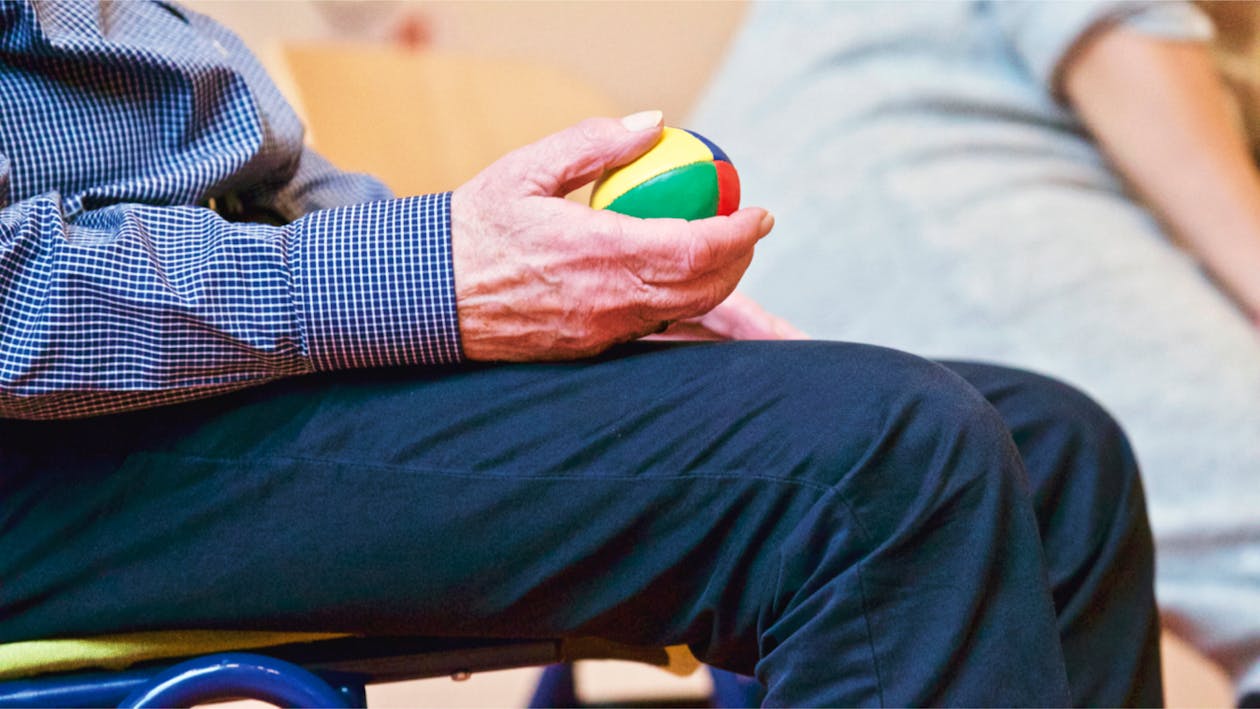A study published in CA: A Cancer Journal for Clinicians highlights the need for improved rehabilitation services in oncological care. The study systematically reviewed the rehabilitation recommendations in cancer-treatment guidelines around the globe, finding that physicians may not be implementing rehabilitation services to the recommended level.
"Rehabilitation has been an underdog in cancer treatment," said Nicole Stout, from the West Virginia University School of Public Health and WVU Cancer Institute. "It hasn't been top of mind. When we look at the evidence, somewhere between 2% and 9% of patients who have demonstrated functional impairments actually get referred to rehab," Stout said. "It's very underutilized."
Rehabilitation services include physical and occupational therapies, as well as behavioral therapies that work to alleviate pain and fatigue. These types of therapies concentrate on improving functionality in daily tasks that may be impaired by cancer treatments undergone by patients.
"Quite frankly, most people in the past didn't survive a cancer diagnosis," comments Stout. "In the late 1970s, only about 30% to 40% of people who had cancer would live beyond five years. Today that number is over 70%. And for some of the most common cancers--like breast and prostate--90% of those folks will live beyond five years and go on to live their full lifespan. It's not good enough anymore for us to just say, 'Well, look: you're just going to have to live with pain and fatigue.' And the evidence for rehabilitation has just grown so significantly to show us that we can really help those people."
Stout says in addition to aiding in recovery, rehabilitation services play a huge role in preventative medicine. "There's no such thing as a little bit of pain or a little bit of swelling or a little bit of limited movement in your joint," she explains. "Today it might be a little bit, but in three weeks or three years, those things can escalate."
In conducting this systematic review of rehabilitation guidelines in cancer care, Stout says there was a clear disconnect between guideline recommendations and what is actually happening in care centers around the world.
"For us on the rehabilitation end of things, we're always asking, 'Gosh, why are these doctors not sending more of their patients to rehab?'" Stout said. "Then we do this systematic review, and we see 69 guidelines, and we're like, 'There are all these guidelines. Why aren't we seeing more patients referred? How do we implement the guidelines into practice?"

To address this gap, Stout says it is important for patients to self-advocate and ask their medical providers for rehabilitation services. The recently launched Rehabilitation 2030 initiative from the World Health Organization also aims to fine-tune rehabilitation recommendations in cancer care guidelines to the end of making rehabilitation a more common prescription from oncologists.

